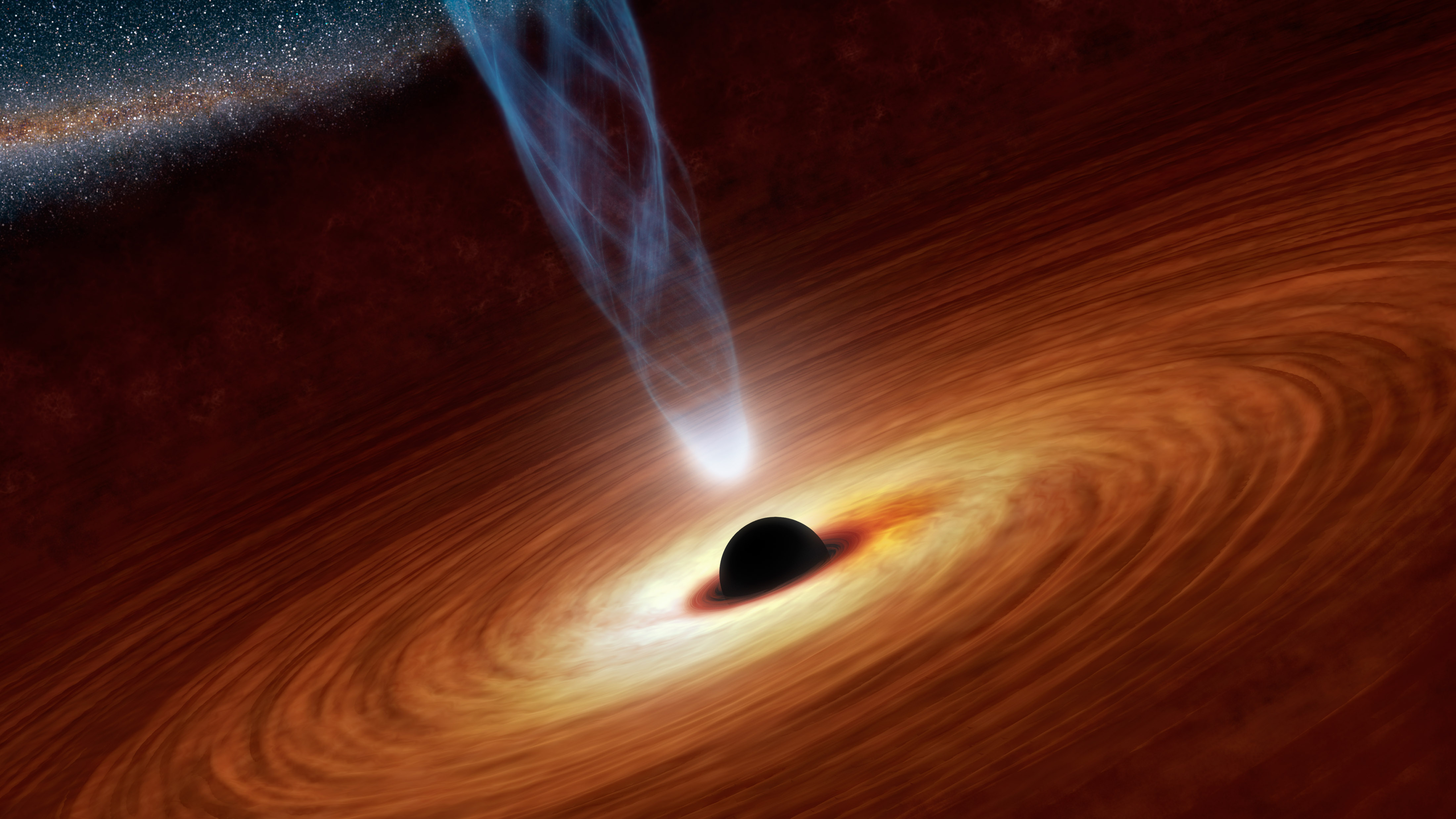
The findings also open the possibility in searching for black holes with radio telescopes.
Astronomers recently discovered clues of an invisible black hole detected at a mass 100 times that of the Sun at the center of the Milky Way according to a Phys.org account. Spotted by the Nobeyama 45-m Radio Telescope, scientists speculate the “intermediate mass” black hole could be a pivotal discovery in understanding the creation of supermassive black holes existing in the center of galaxies.
A contingent of astronomers led by Tomoharu Oka, a professor at Keio University in Japan, points to a unique gas cloud known as CO-0.40-0.22 located 200 light years from the center of the Milky Way. Mystery surrounds the gas cloud because of its wide velocity dispersion. In other words, CO-0.40-0.22 has an inherent broad range of speeds. Two telescopes were used, primarily the Nobeyama 45-m Telescope in Japan and the ASTE Telescope in Chile controlled by the National Astronomical Observatory of Japan.
Scientists observed the gas cloud again to obtain 21 emission lines from 18 molecules. These results show that the cloud has an elliptical shape with the two speed components: a compact but low density aspect with a very wide velocity dispersion of 100 km/s, and a heavier component extending 10 light years with a narrow velocity dispersion. This means that there are no holes inside the cloud. In addition, X-ray and infrared inspections didn’t find any compact objects. This indicates that the velocity dispersion isn’t caused by a localized energy core, such as supernova explosions.
“Considering the fact that no compact objects are seen in X-ray or infrared observations,” said Oka, the lead author of the paper that appeared in the Astrophysical Journal Letters, adds “as far as we know, the best candidate for the compact massive object is a black hole.”
The findings also open the possibility in searching for black holes with radio telescopes. Recent observations concluded that are a number of wide-velocity-dispersion compact clouds similar to CO-0.40-0.22; these clouds might reveal black holes. Scientists propose there are 100 million black holes in the Milky Way Galaxy, but adjunct X-ray observations have only detected dozens as of yet. Most of the black holes surmised to exist may be too obscure to directly examine at any wavelength.
“Investigations of gas motion with radio telescopes may provide a complementary way to search for dark black holes” said Oka. “The on-going wide area survey observations of the Milky Way with the Nobeyama 45-m Telescope and high-resolution observations of nearby galaxies using the Atacama Large Millimeter/submillimeter Array (ALMA) have the potential to increase the number of black hole candidates dramatically.”

Leave a Reply